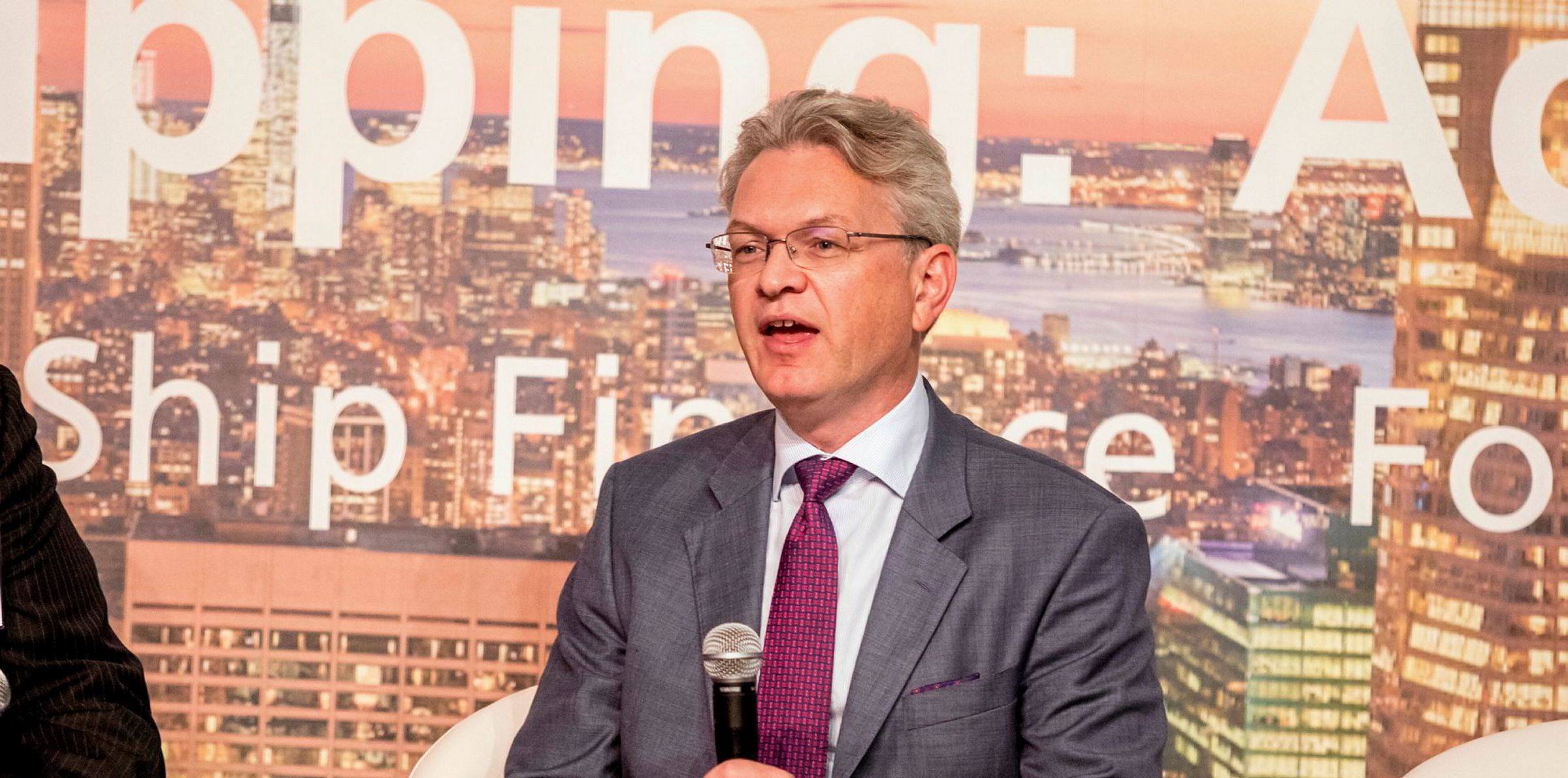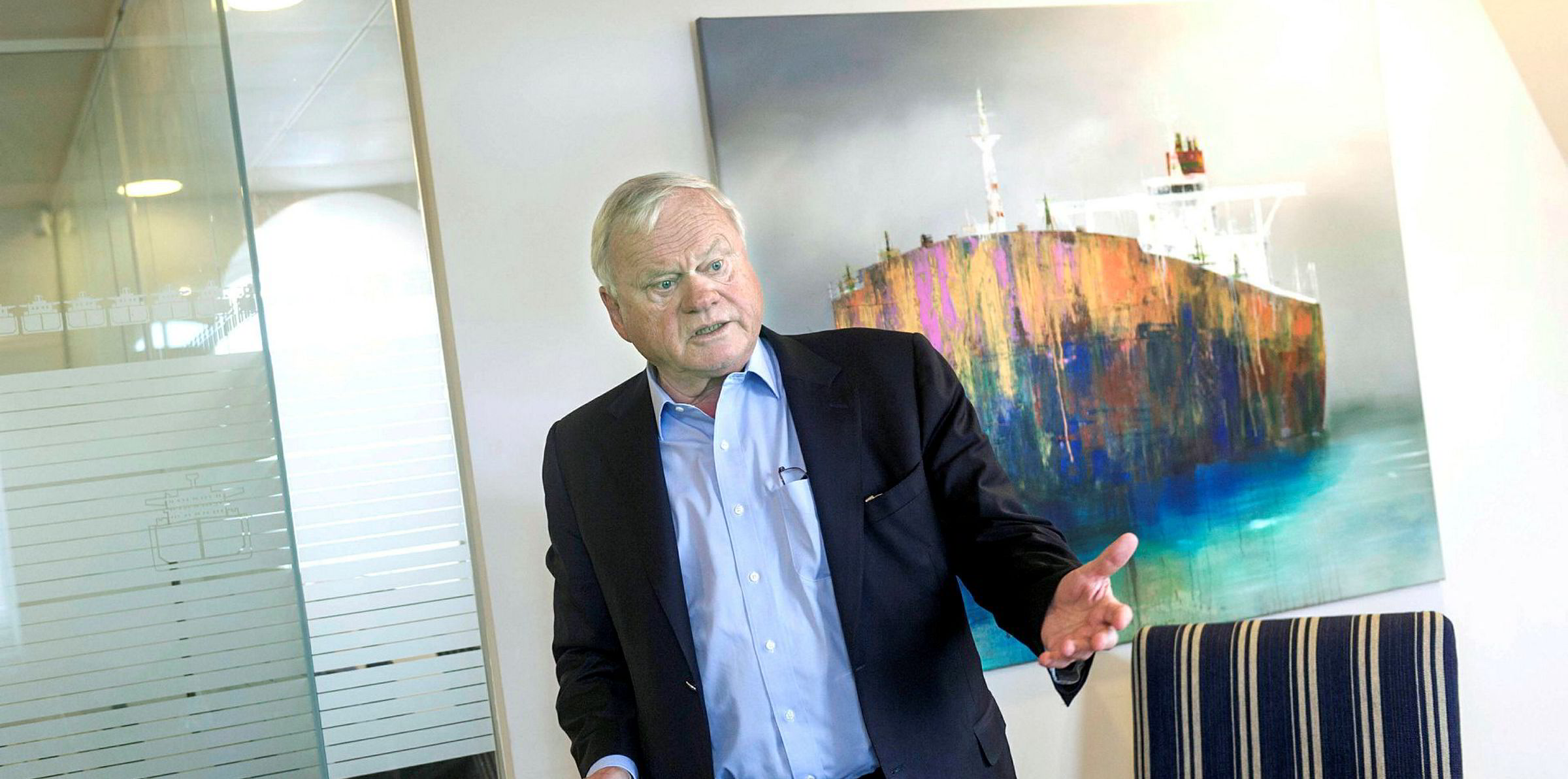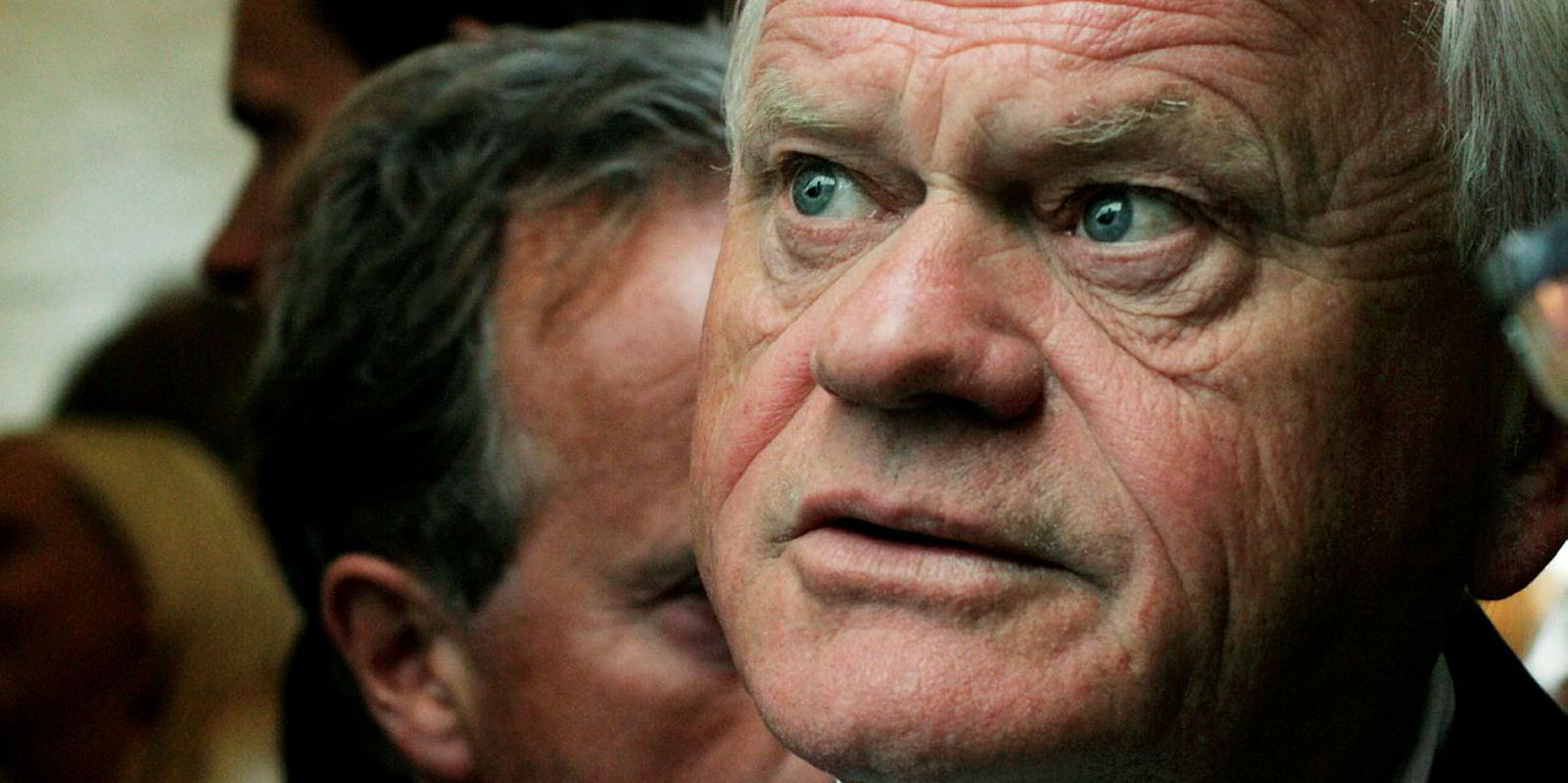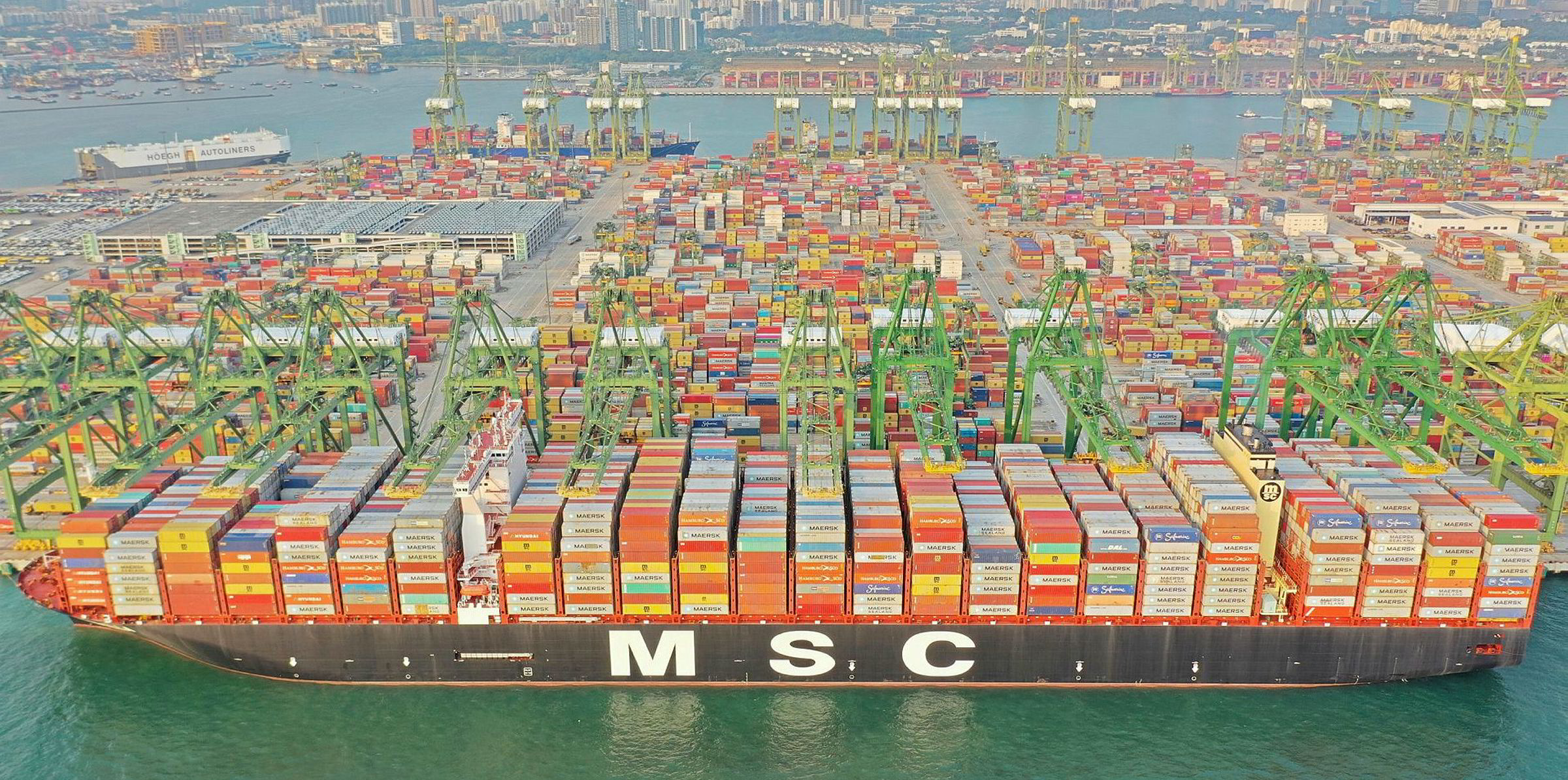US-listed SFL Corp is in no rush to sell seven non-performing handysize bulkers it has earmarked for disposal.
The John Fredriksen-controlled shipowner revealed it took an $80m impairment hit on the vessels in the first quarter, as their likely future earnings were below their book value.
Speaking on a conference call to analysts, chief executive Ole Hjertaker said: "With limited long-term charter opportunities for these vessels, the company will look at opportunities to divest the vessels at a later stage when market conditions are right as part of our continued fleet optimisation process."
The ships in question are all Chinese-built and were delivered between 2011 and 2013, with capacity of between 31,000 dwt and 34,000 dwt.
Asked whether now is the time to sell, Hjertaker said: "I would say right now, I think there would be only opportunistic buyers there. So I think divesting in the portfolio right now is probably not the best time."
He said the company does not see any long-term chartering opportunities for the vessels.
"So over time, it would be logical for us to find new homes, so to speak, for those assets. But again, we don’t like to sell chicken on a rainy day," he added.
Hjertaker said any deals would be managed to optimise value.
"So whether we happen to – whether we sell them later – this quarter or later this year or late next year, that’s all down to what we think we can get for that," he added.
Ships idle and coming off hire
In the second quarter, an SFL car carrier and feeder containership that had been on short-term employment were redelivered and are currently idle while looking for employment.
Another car carrier and a feedership will come off charters towards the end of the summer.
In a worst-case scenario, if the shipowner has to lay up the vessels, it said the net impact for SFL is estimated at $0.02 per share per quarter, compared to the pre-coronavirus performance of the ships.
"The car carriers seem to be more affected with the market virtually coming to a halt right now, while there is more market activity for feeder container vessels, and we hope, of course, that net result will be better," Hjertaker said.
"After all, the vessels more exposed to near-term market developments represent only 10% of our charter revenues and the 90% fixed rate revenues are more insulated to short-term market movements out there."
SFL said it will continue to closely monitor developments in its customers’ markets in order to be able to react quickly to any potential business disruption.
New deals on the radar?
At the same time, it is also looking for new business opportunities, as illustrated by its acquisition on Wednesday of a new VLCC from China's Landbridge group.
"We do not have a set mix in the portfolio; [the] focus is on evaluating deal opportunities across the segments and trying to do the right transactions from a risk-reward perspective," Hjertaker said.
"Over time, we believe this will balance itself out. But we try to be careful and conservative in our investments and not just invest because money is burning in our pocket."
SFL posted a loss of $87.1m for the first quarter, primarily due to non-cash losses and one-off items of $114m.
It also sustained $41m in losses on securities investments, derivatives, amortisation and credit.








